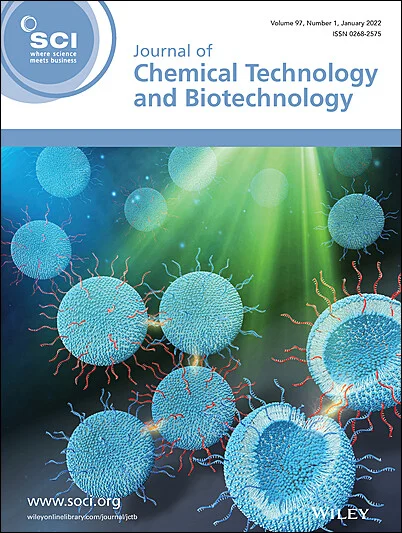Experimental investigation and thermomechanical performance evaluation of supercritical water oxidation of n-dodecane/tributyl phosphate
Abstract
BACKGROUND
Nuclear energy has brought immense benefits while also generating a large amount of wastewater that urgently needs to be processed. Supercritical water oxidation (SCWO) technology serves as an efficient method for wastewater treatment. In this study, a SCWO experiment was carried out with organic solvent of 30% tributyl phosphate (TBP) and 70% n-dodecane. This study investigated the operating parameters and the effects of enhanced oxidation techniques on chemical oxygen demand (COD) removal efficiency. An organic solvent SCWO process was developed, and its energy and exergy efficiencies were assessed using Aspen Plus.
RESULTS
The COD removal was about 96.18% at the experimental parameters of 500 °C, 10 min, 25 MPa, oxidation coefficient of 1.5 and material concentration of 4 wt%. COD removal increased by 3.09% with the addition of CeO2. Finally, the overall energy and exergy efficiencies of the SCWO system were found to be 58.8% and 9.1% respectively by Aspen Plus.
CONCLUSION
It was found that the reaction temperature had the greatest effect on the COD removal rate compared with other reaction parameters. The decomposition of organic solvents can be divided into two stages, fast and slow, and the addition of alkali and catalyst can effectively promote the decomposition of waste organic solvents. The experiments showed that SCWO is feasible for the treatment of n-dodecane/TBP. © 2024 Society of Chemical Industry (SCI).

 求助内容:
求助内容: 应助结果提醒方式:
应助结果提醒方式:


